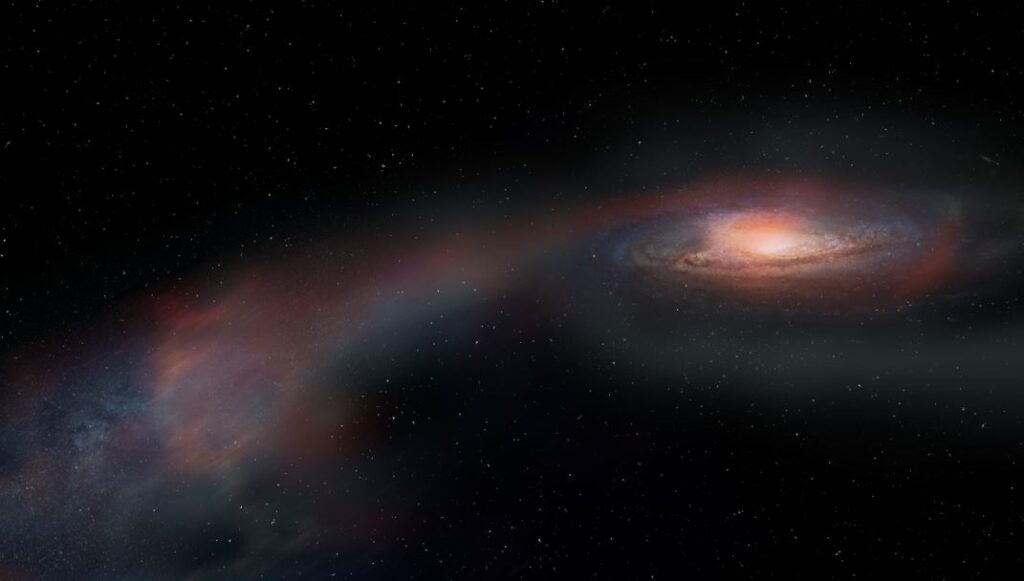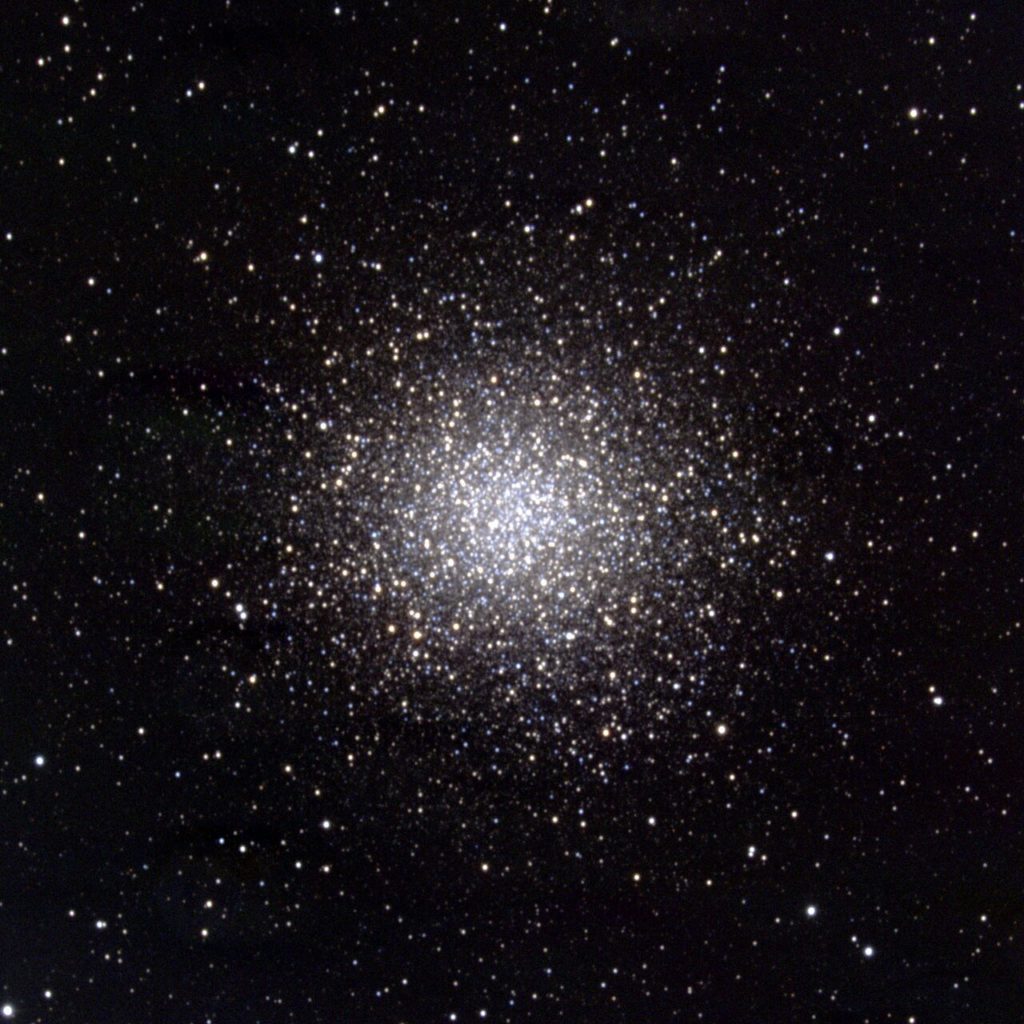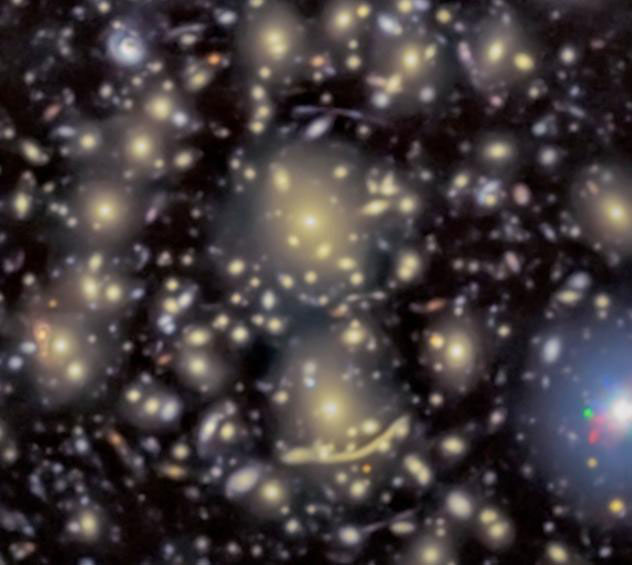
While observing a newly-dormant galaxy using the Atacama Large Millimeter/submillimeter Array (ALMA) and the Hubble Space Telescope (HST), scientists discovered that it had stopped forming stars not because it had used up all of its gas but because most of its star-forming fuel had been thrown out of the system as it merged with another galaxy. The result is a first for ALMA scientists. What’s more, if proven common, the results could change the way scientists think about galaxy mergers and deaths. The results of the research are published in The Astrophysical Journal Letters.
As galaxies move through the Universe, they sometimes encounter other galaxies. As they interact, each galaxy’s gravity pulls on the other...
Read More








Recent Comments